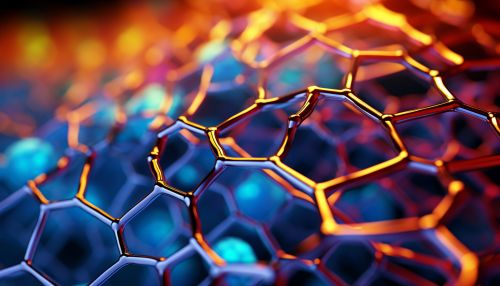Electrochemical Characteristics of Nanomaterials
Introduction
Nanomaterials are materials that have at least one dimension in the nanoscale, typically between 1 and 100 nanometers. These materials exhibit unique electrochemical properties due to their high surface area to volume ratio and quantum size effects. This article will delve into the electrochemical characteristics of nanomaterials, providing a comprehensive and detailed exploration of this complex and fascinating field of study.
Nanoscale Phenomena
At the nanoscale, materials behave differently than their bulk counterparts. This is due to two main factors: quantum size effects and a high surface area to volume ratio. Quantum size effects occur when the dimensions of a material are close to the wavelength of its electrons, leading to quantum confinement. This can significantly alter the material's optical, electrical, and electrochemical properties.


Electrochemical Properties of Nanomaterials
The electrochemical properties of nanomaterials are of significant interest due to their potential applications in a variety of fields, including energy storage, catalysis, and sensors. These properties are largely influenced by the material's size, shape, and composition.
Charge Transfer
The charge transfer characteristics of nanomaterials are significantly different from those of bulk materials. This is largely due to the high surface area to volume ratio of nanomaterials, which can enhance the rate of electron transfer reactions.
Capacitance
Nanomaterials often exhibit high capacitance, which is the ability to store electrical charge. This property is particularly useful in the development of supercapacitors, which are energy storage devices that can charge and discharge rapidly.
Redox Reactions
Nanomaterials can also exhibit unique redox behavior due to their small size and high surface area. This can lead to enhanced catalytic activity, making nanomaterials ideal for use in electrocatalysis.
Applications of Electrochemical Nanomaterials
The unique electrochemical properties of nanomaterials have led to their use in a variety of applications, from energy storage to environmental remediation.
Energy Storage
Nanomaterials are widely used in energy storage devices, such as batteries and supercapacitors. Their high surface area and unique electrochemical properties can enhance the performance of these devices, leading to higher energy density and faster charging times.
Catalysis
Nanomaterials are also used as catalysts in a variety of electrochemical reactions. Their high surface area and unique redox behavior can enhance the rate of these reactions, leading to more efficient processes.
Sensors
The unique electrochemical properties of nanomaterials can also be exploited in the development of sensors. These sensors can detect a variety of substances, from gases to biological molecules, with high sensitivity and selectivity.
Future Directions
The field of electrochemical nanomaterials is rapidly evolving, with new materials and applications being discovered on a regular basis. As our understanding of these materials and their properties continues to grow, so too will their potential applications.
